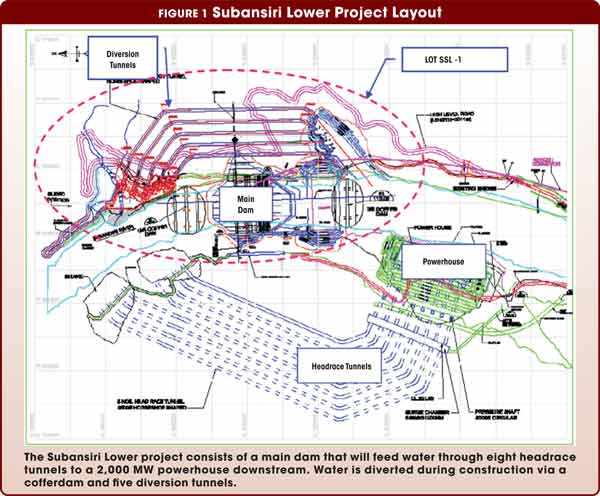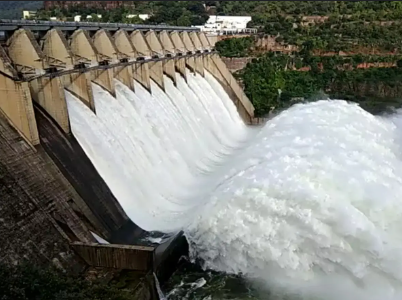The Subansiri Lower Hydroelectric Project, located on the Subansiri River along the Assam-Arunachal Pradesh border, is set to be India’s largest hydropower plant with a 2,000 MW capacity. This NHPC-led project promises clean energy and economic growth but has faced challenges. Below, we explore the pros and cons of this massive initiative in simple terms.
Pros of the Subansiri Lower Hydroelectric Project
- Clean and Renewable Energy
The project will generate 2,000 MW of clean electricity, reducing reliance on fossil fuels and helping combat climate change. It supports India’s renewable energy goals. - Power Supply for 17 States
It will provide electricity to 17 states, including 533 MW for Assam and 274 MW for Arunachal Pradesh, ensuring affordable power for millions of homes. - Economic Benefits
Expected to generate Rs 4,000 crore annually, the project will boost the economy and fund further development in the region. - Job Creation
Around 3,000 workers are employed, creating jobs and supporting local communities during construction and operation. - Flood Control
The dam will help regulate the Subansiri River’s flow, reducing flood risks in downstream areas of Assam. - Infrastructure Development
The project has spurred improvements in local infrastructure, such as roads and facilities, benefiting nearby communities.

Cons of the Subansiri Lower Hydroelectric Project
- Environmental Impact
Construction has raised concerns about deforestation, loss of biodiversity, and disruption of the Subansiri River’s ecosystem, affecting aquatic life and local wildlife. - Displacement of Communities
The project has led to the displacement of local communities, causing concerns about rehabilitation and loss of livelihoods for affected families. - High Costs and Delays
Delays from 2011 to 2019 due to protests and environmental clearances increased costs from Rs 6,285 crore to Rs 26,000 crore, straining resources. - Seismic Risks
The project is located in a seismically active zone, raising concerns about the dam’s safety in case of earthquakes. - Local Protests
Opposition from local communities and activists over environmental and social impacts halted progress for years, reflecting ongoing tensions. - Sediment Flow Disruption
The dam may disrupt the natural flow of sediment, potentially affecting agriculture and river health downstream.
Conclusion
The Subansiri Lower Hydroelectric Project is a critical step toward India’s clean energy future but comes with challenges that need careful management. Balancing economic benefits with environmental and social concerns is key to its success.
Also See: India’s Green Hydrogen Train: A Step Towards a Cleaner Future
Also See: Assam’s Kaziranga Ranks 3rd Globally in Tiger Density





